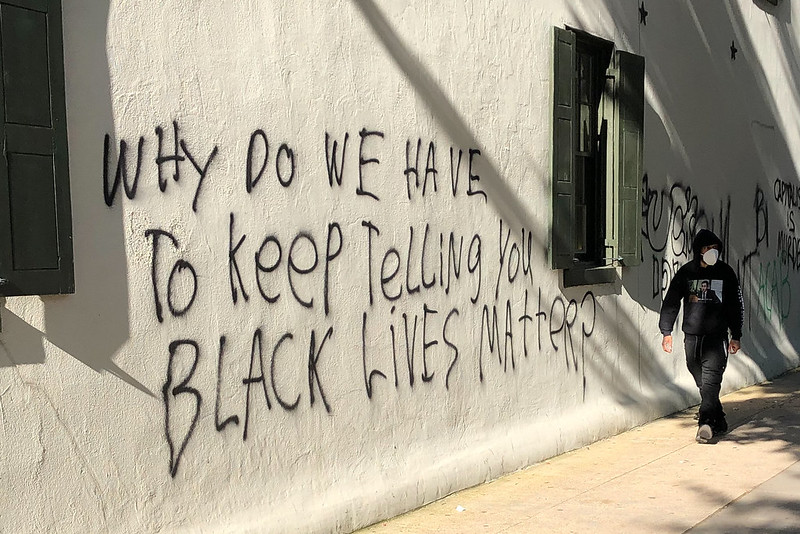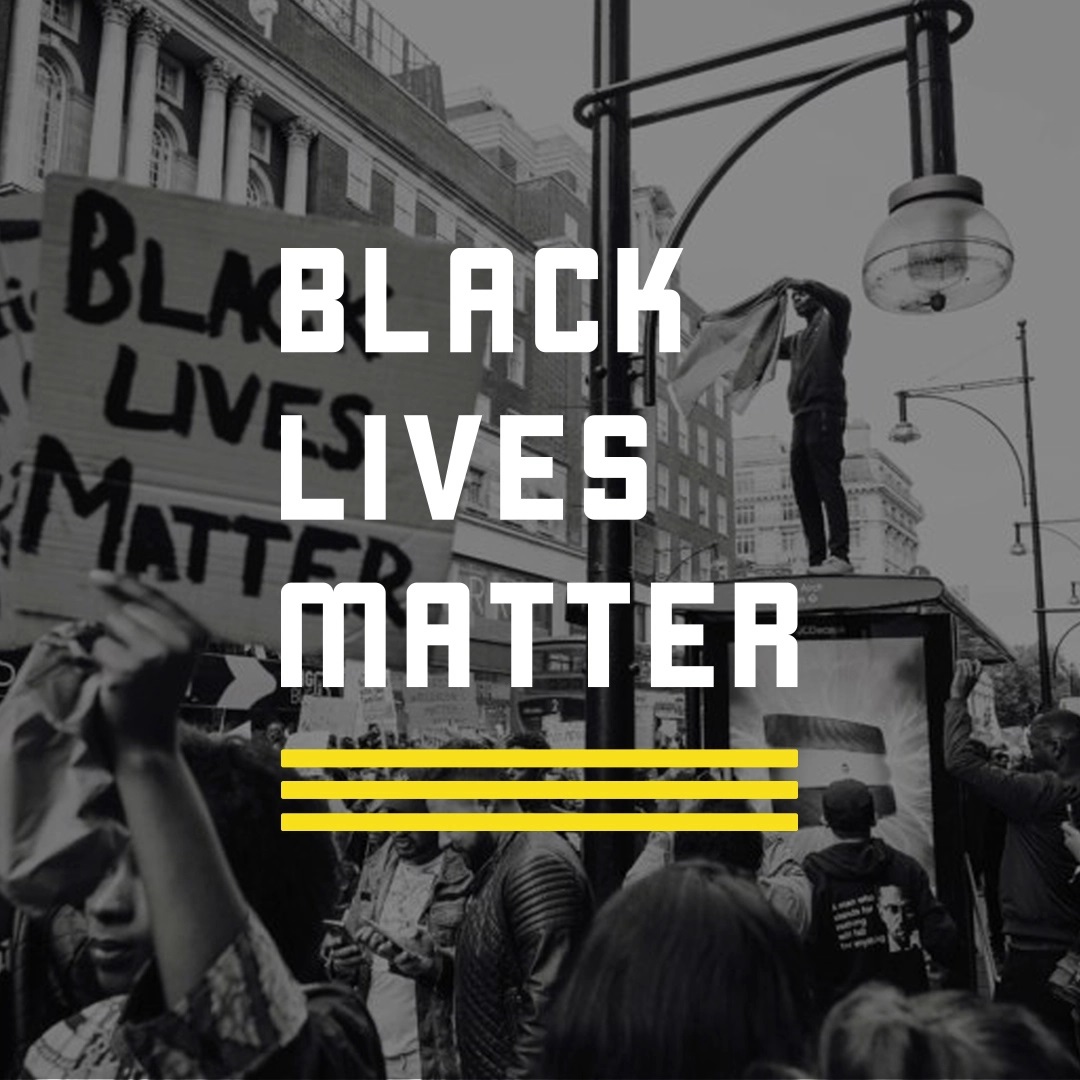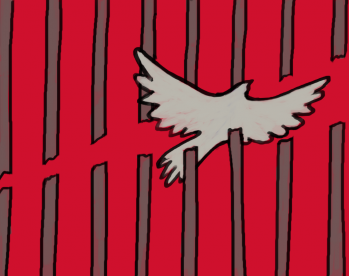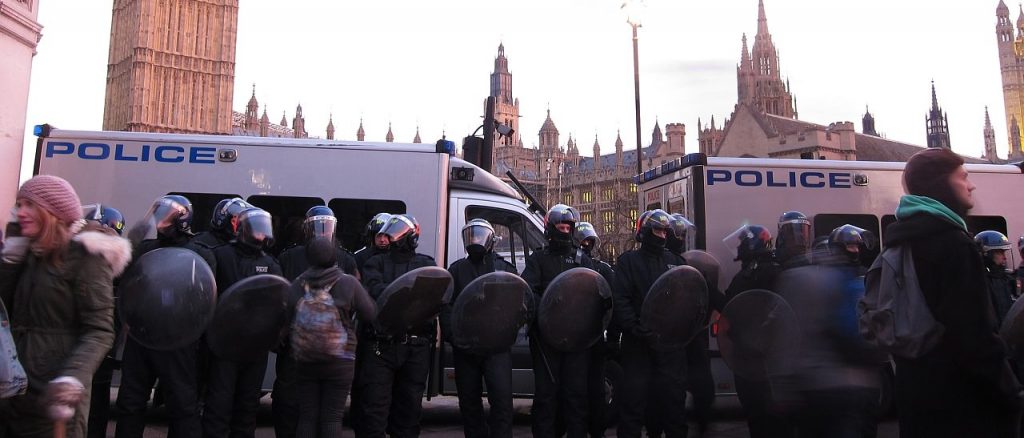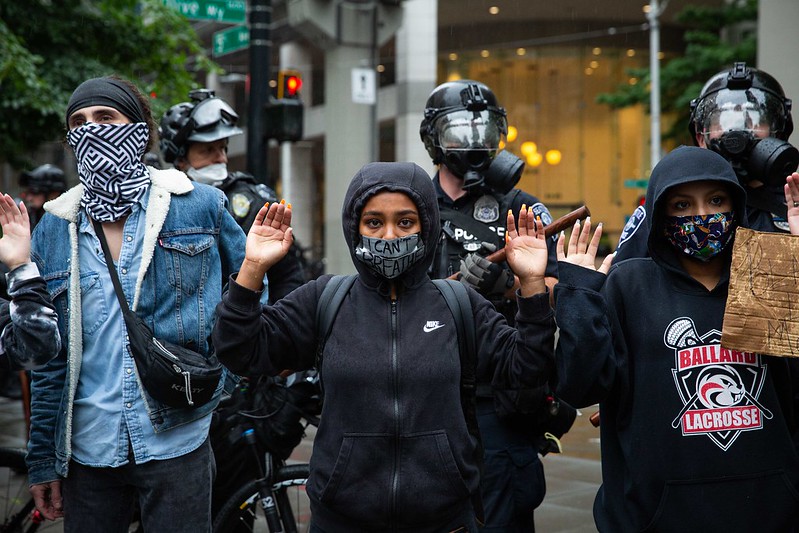The murder of George Floyd by Minneapolis police officer Derek Chauvin in May 2020 sparked a wave of protests and uprisings against police racism and violence across the US, as part of the broad Black Lives Matter movement. These protests were themselves met with sometimes extreme levels of violence by the police, including tear gas, baton charges, rubber-coated steel bullets, the use of heavily armoured military vehicles, attacks on journalists, medics, and legal observers, and widespread arbitrary detention of protestors or suspected protestors. Solidarity protests also took place around the world, including in the UK, often also highlighting racism in their own countries. The UK supplies significant quantities of anti-protest equipment to the US, including tear gas products, batons and riot shields. UK-supplied riot shields were used against Black Lives Matter protestors in 2020 by at least 6 law enforcement agencies.
The murder of George Floyd was unusual in the extremely high level of public and media attention it received – largely due to its unspeakable brutality, captured on a phone camera and seen by millions. The fact that a police officer was convicted for the killing was even more unusual. But it was also just one of 1,127 police homicides that year, a similar number to most recent years. Although Black people make up just 13% of the US population, they represented 27% of those killed by police, and 35% of those killed while unarmed. Beyond killings, Black people face systematic discrimination, abuse, violence, and racism at the hands of the police and at every stage of the criminal justice system.
While there are widespread calls for police reform, many activists see the police in the US as being a fundamentally racist institution from its very inception, indeed arguing that policing in the US was established to maintain white supremacy. This has prompted growing calls to defund the police, transferring resources to community-based public safety efforts, mental health support, and poverty reduction measures among others, and ultimately to abolish the police in their current form. Police budgets in the US are huge, often accounting for the majority of a city’s expenditure. The New York Police Department (NYPD)’s annual budget is over $10 billion, more than the military spending of most states.

